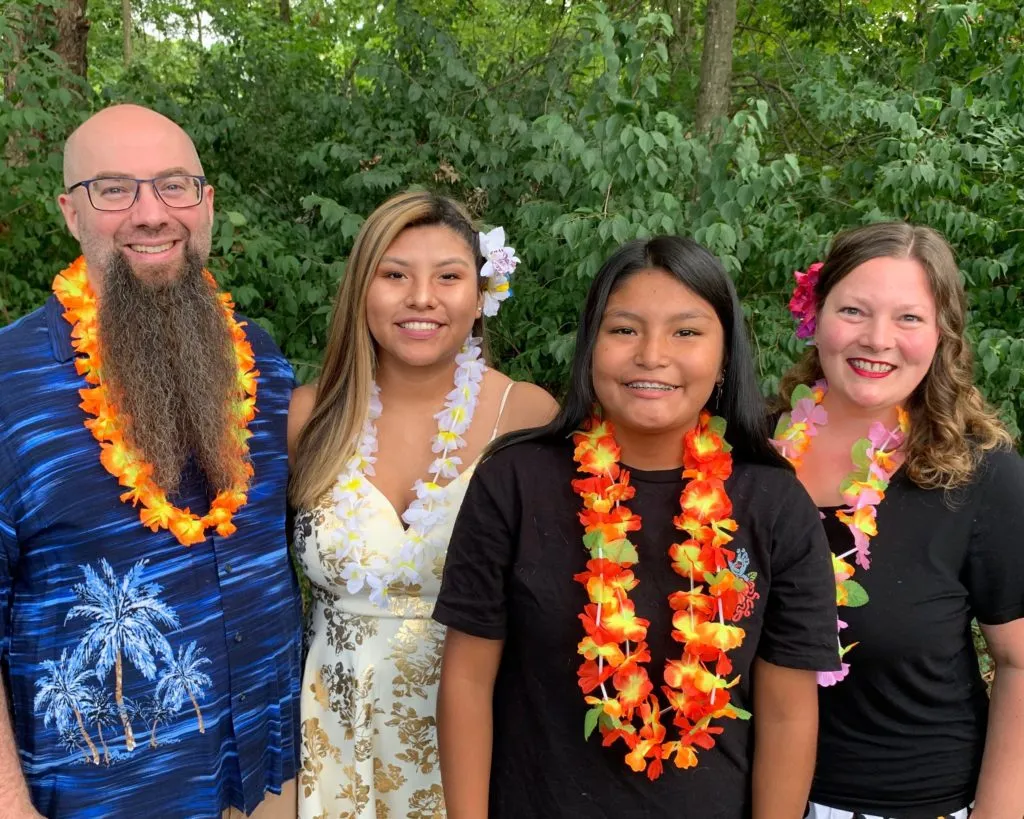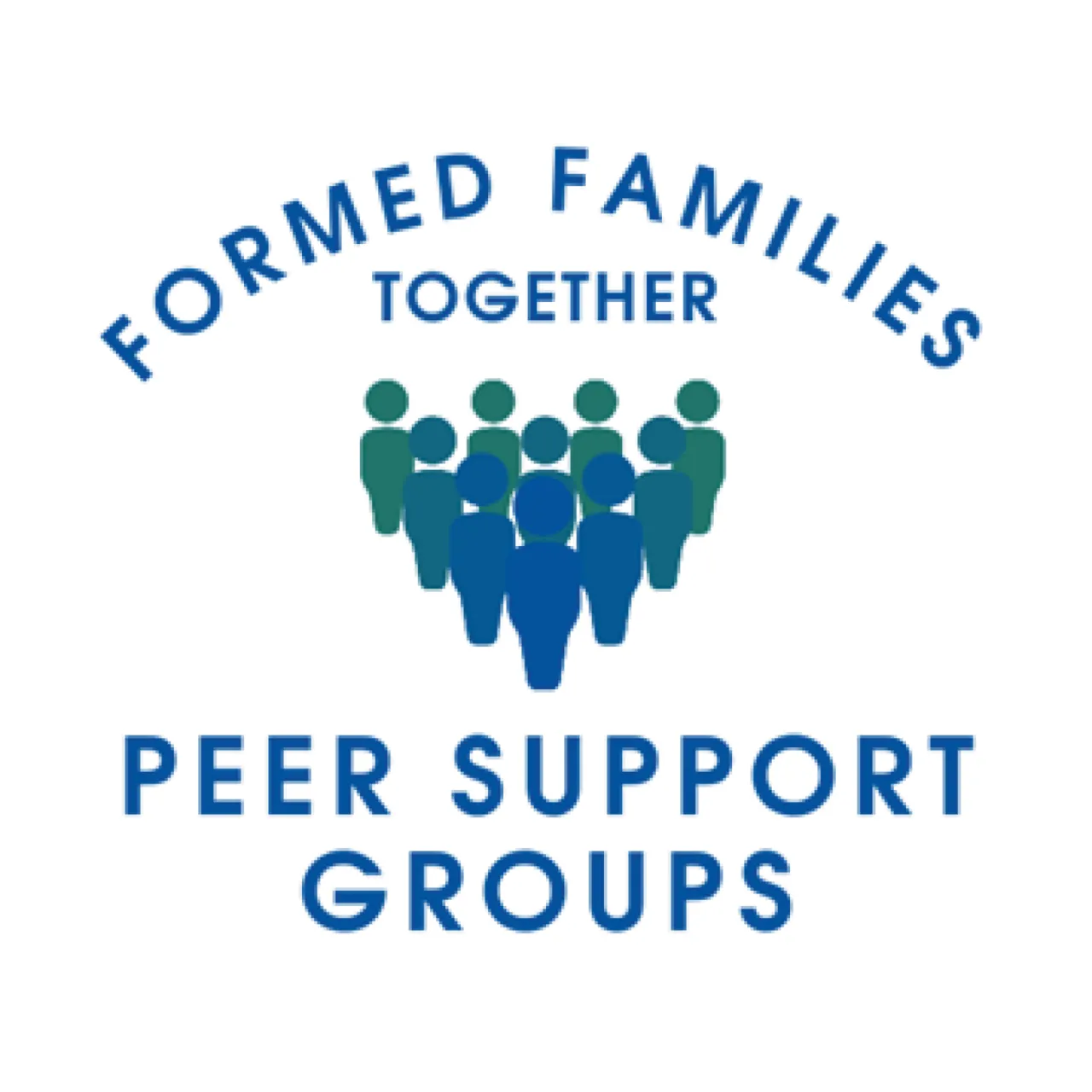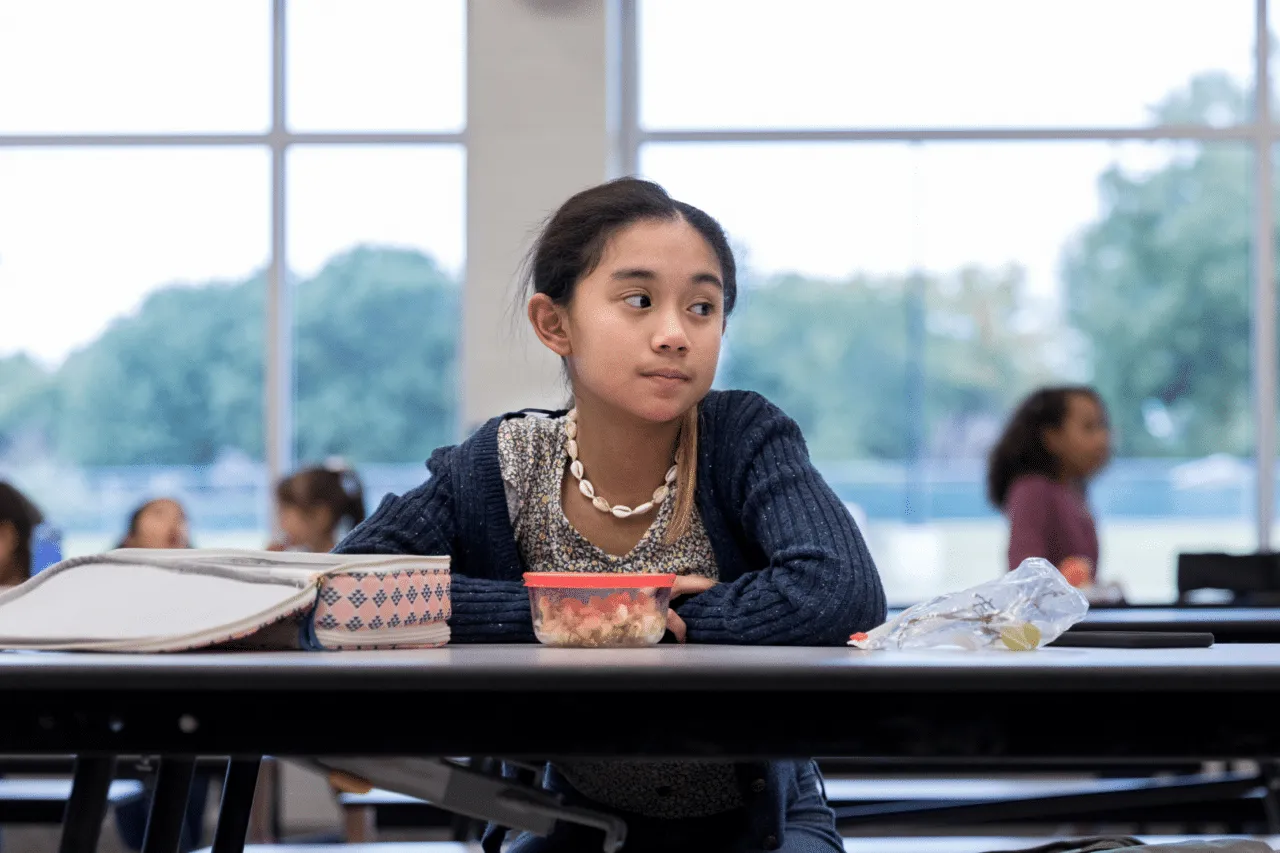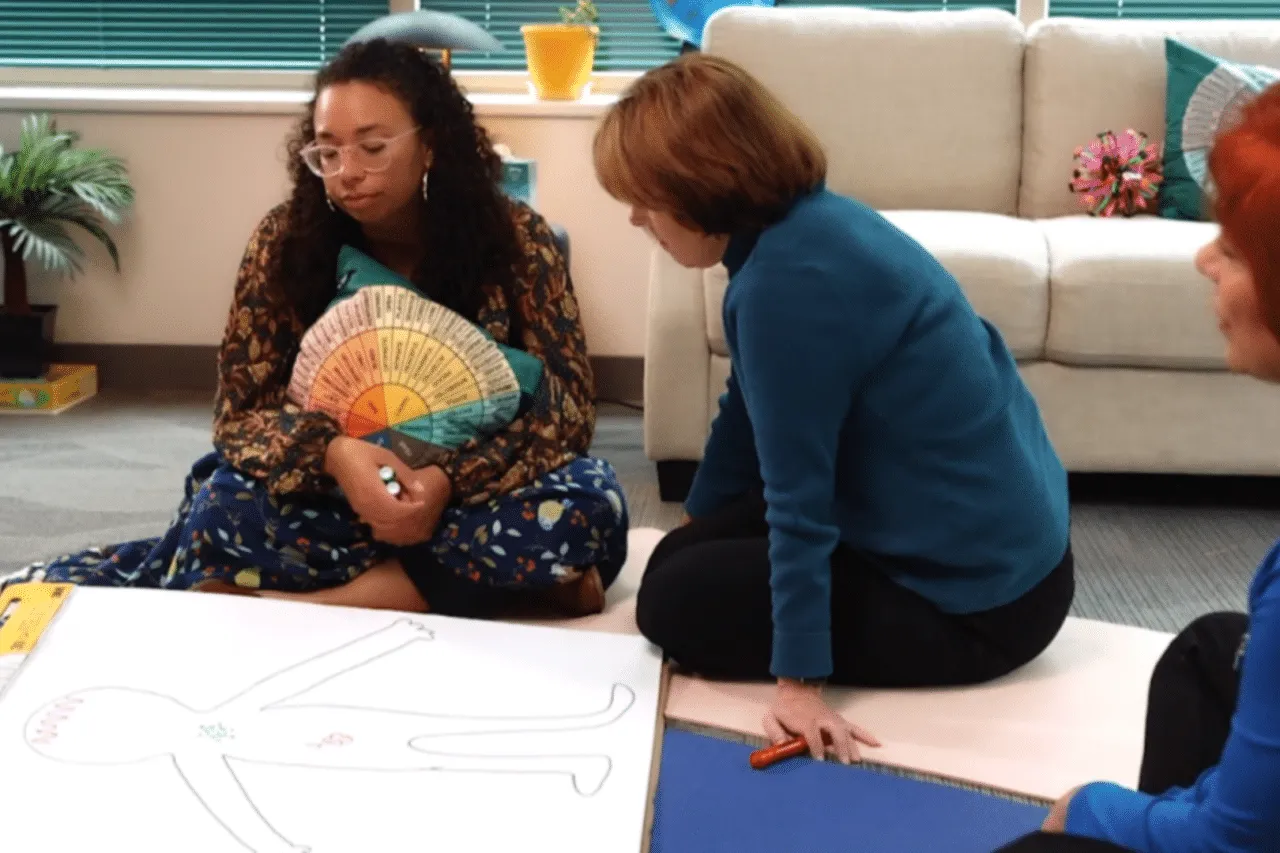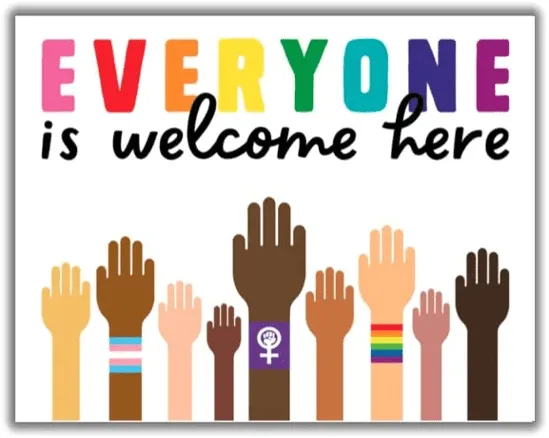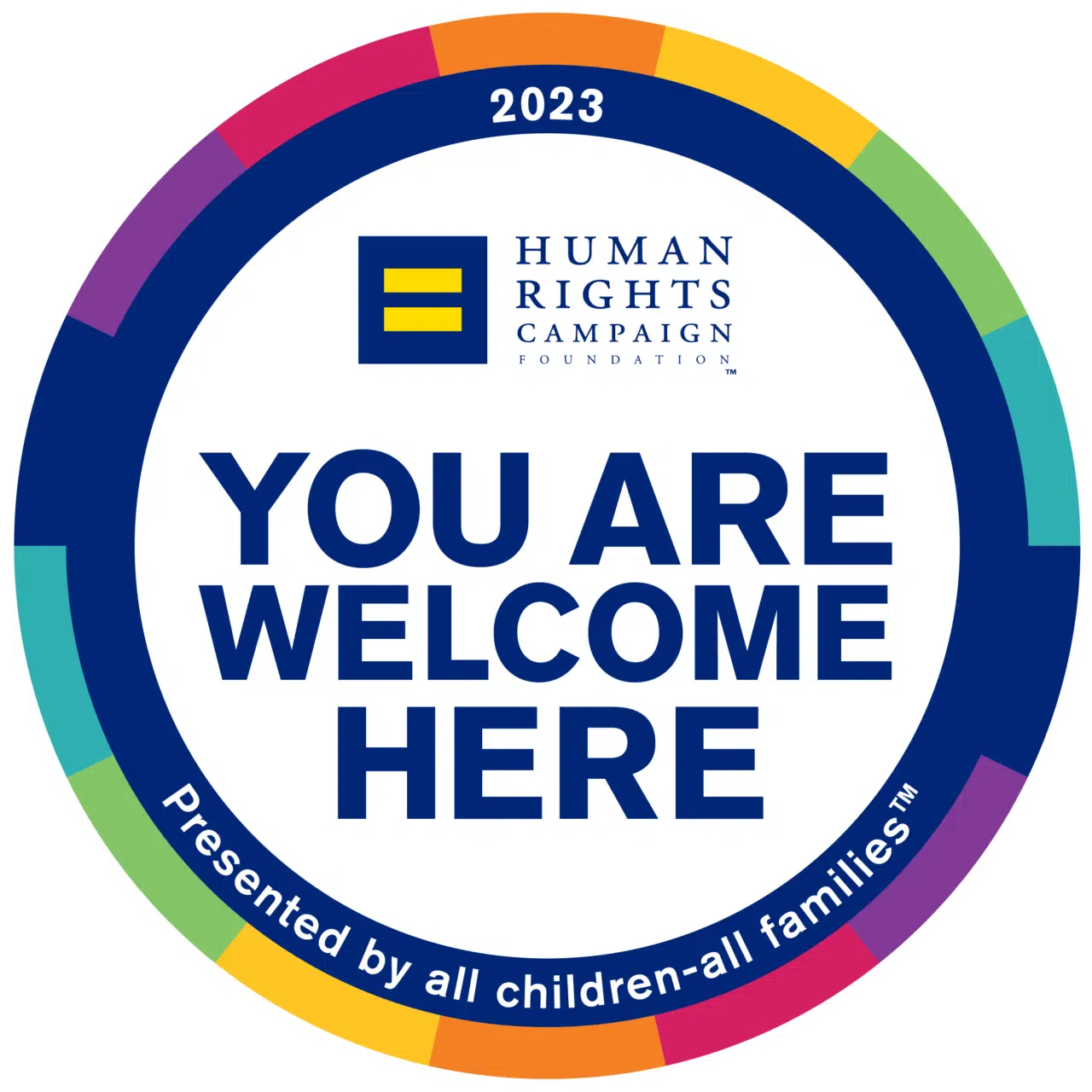Children, teens and parents connected to the adoption experience and the variety of concerns that arise at different stages of development.
Center for Adoption Support and Education (C.A.S.E.) is a national leader transforming the mental health of the Adoption, Foster, and Kinship Community.
Nurture. Inspire. Empower.
C.A.S.E. offers specialized adoption-competent in-person and teletherapy, case management, parent and teen support groups, and educational resources, including parent and professional trainings.














